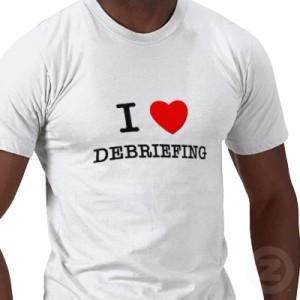Let’s be honest. Evaluating campaigning is a subject that excites few people, but it’s a really important part of the campaigning cycle.
Over the summer, I’ve been trying to think and learn more about campaigning evaluation, looking at the reports of other organisations that are available, like this one on Oxfam GB’s climate campaign, and learning about the favoured tools of funding institutions.
As you’d expect there are a wealth of approaches, but I wanted to share three tools that I found especially interesting;
Basic efficiently resource analysis – I came across this tool in the Oxfam evaluation where it was used to compare the perceived resourcing of activities to their impact on policies, political agendas or legislation. It seeks to identify the most efficient activities, in terms of achieving political impacts with the least resources.

It seems to be a really excellent way of engaging an organisation in a discussion about what works. As I understand it the report used it by surveying 200 individuals, both within and outside Oxfam who were involved/targeted by the campaign to share their opinions, so it was able to draw on the reflections of various groups. More on how the approach was developed for Oxfam here and here.
Bellwether methodology determines where an issue is positioned in the policy agenda queue, how lawmakers and other influential are thinking and talking about it, and how likely they are to act on it.
Developed by the Harvard Family Research Project, “bellwethers” are influential people in the public and private sectors whose positions require that they be politically informed and that they track a broad range of policy issues.
Bellwethers are knowledgeable and innovative thought leaders whose opinions about policy issues carry substantial weight and predictive value. The approach uses semi-structured interviews and the data helps to data indicate where an issue stands on the policy agenda and how effectively advocates have leveraged their access to increase an issue’s visibility and sense of urgency. More here.
The intense-period debrief is another tool developed by the Harvard. I thought that this tool would be especially useful, as so often in campaigning the evaluation gets left until everything is done and dusted.
The tool recognises that many advocacy efforts experience periods of high-intensity activity. While those times represent critical opportunities for data collection and learning, advocates have little time to pause for interviews or reflection. The unfortunate consequence is that the evaluation is left with significant gaps. Using focus groups or interviews its able to capture key information that might otherwise be lost in an end-of-campaign evaluation. More here.
For those interested in more on evaluation methods and approaches, BOND has produced this great list of tools that can be used. I’d also recommend this document from the Innovation Network on some more unique methods and this paper from the Harvard Family Research Project.